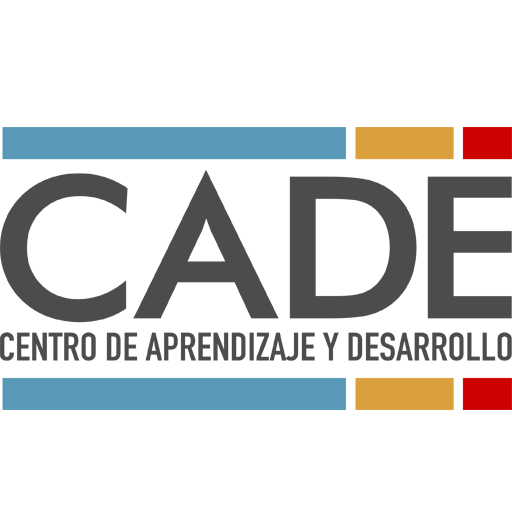When it comes to what’s alpha in physics, the answer is certainly a really very simple a single.
Alpha just isn’t alpha if it really is not dynamic! What’s alpha in physics is alpha simply because the code is dynamic and therefore, we usually do not must be concerned about any static variables. So what exactly is alpha in physics?
sample high school research paper
In Slader AP Physics, it is inside the power equations. That’s appropriate, the energy equations – the code that runs your physics engine, and determines exactly where objects go, how rapidly they go, and what occurs because of this of their motion, is dynamic and for that reason, it has no static state.
How are you able to tell what is alpha in physics in the event the code itself is dynamic? For example, if you are designing a physics simulation for a car, you do not need to be concerned about speed limits and fuel efficiency mainly because the car will run at whatever speed it may.
In order http://cs.gmu.edu/~zduric/day/auto-thesis-writer.html to run a simulation, you initially have to make the energy equations dynamic. You do that by using a “Dyn” object to create the objects that you want.
A Dyn object is actually a unique class that defines a set of physics objects. The dyn object is only employed to add some stuff for the simulation, and also you do not will need to use any physics engine classes to be able to use it.
The Dyn object may also allow you to specify the simulation. It is going to care for establishing the surface the simulation will be operating on, and whether or not the engine might be left or right-handed. When the engine is left-handed, the simulation will probably be ran around the x-axis, and in the event the engine is right-handed, the simulation are going to be run around the y-axis.
For every Dyn object, you are going to also need to have to define its process. Each of the objects you use really should be instances from the Dyn class. If you’re writing the code for the Dyn object yourself, then you definitely only have to have to be sure it takes a parameter that defines which axis to run the simulation on. Just think of this parameter as the “y-coordinate” from the object.
Once the Dyn object is complete, you need to then define a function for every axis on which the simulation really should run. This function must take a vector, which tells the object which path to move, and a value that determines how quick to move that vector in that path.
Since the Dyn class is currently defined, you could simply access the object having a ref class. This can inform the object that the dyn object is now obtainable to you.
There are several times when what exactly is alpha in physics could lead to you grief. For example, in Slader AP Physics, there’s a function called “knee2d”.
The knee2d function is utilised to simulate a simulated joint. By default, this simulation runs around the x-axis, which implies that the knee is situated in the bottom of your image.
Since the knee2d function is defined to run on the x-axis, it cannot run around the y-axis. Even so, the setting for the simulation is reversed, so the simulation must run on the y-axis.
